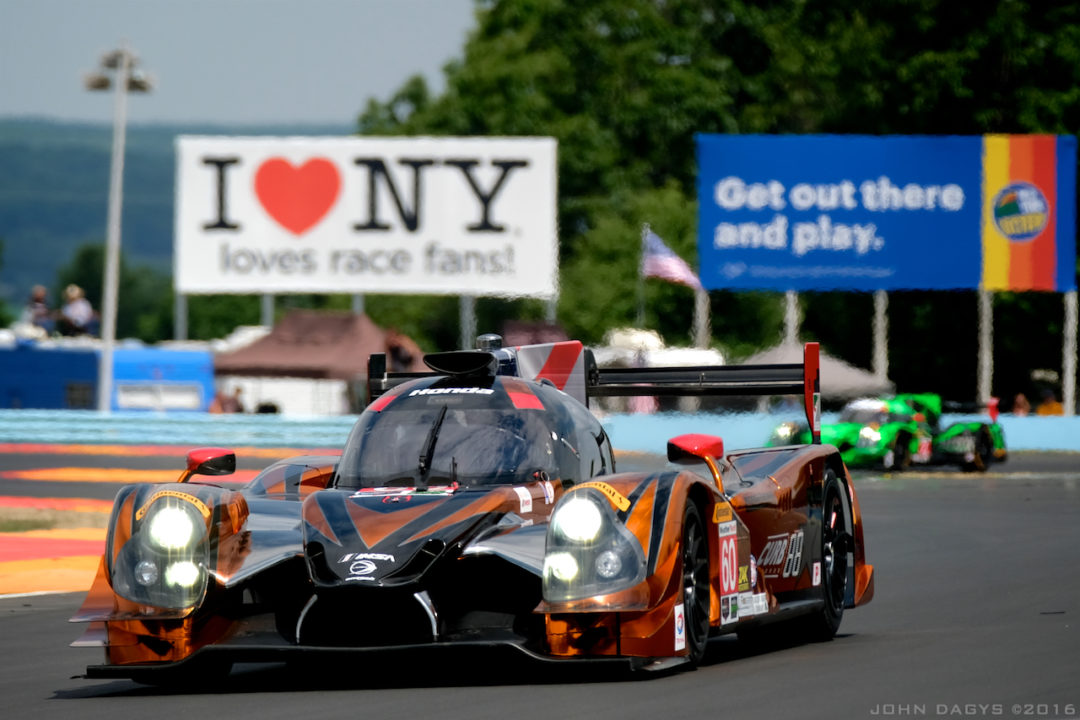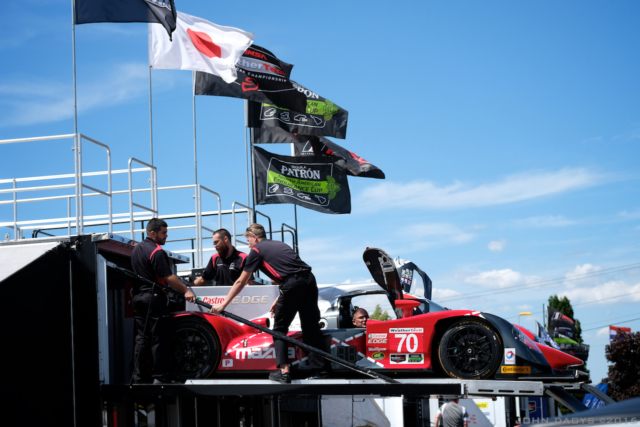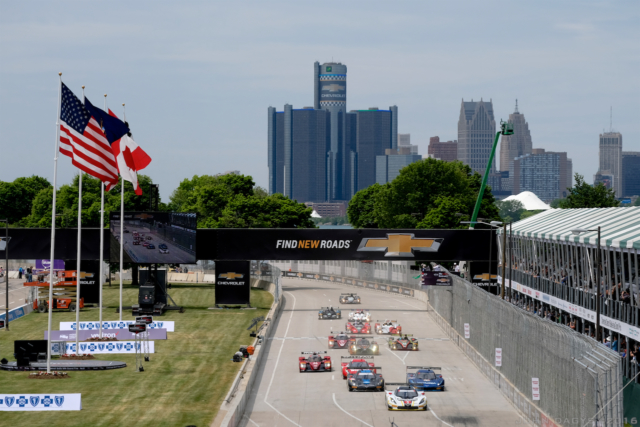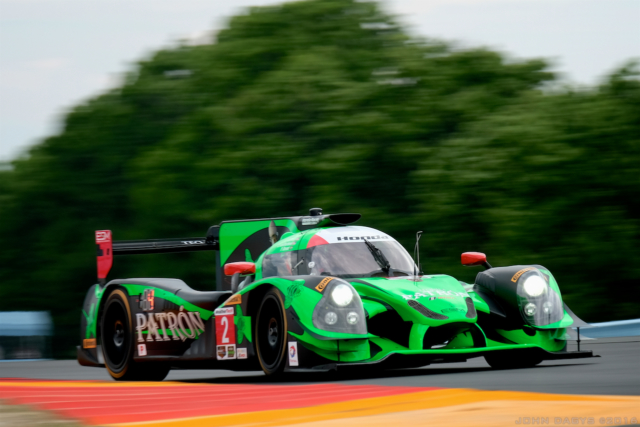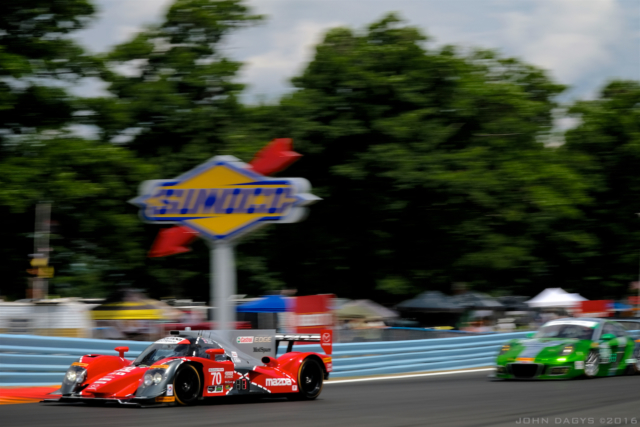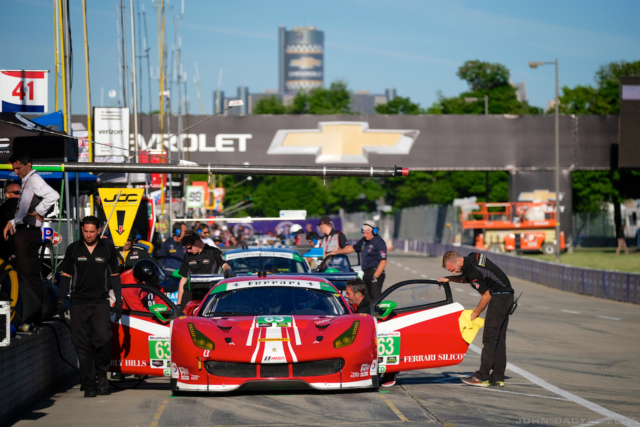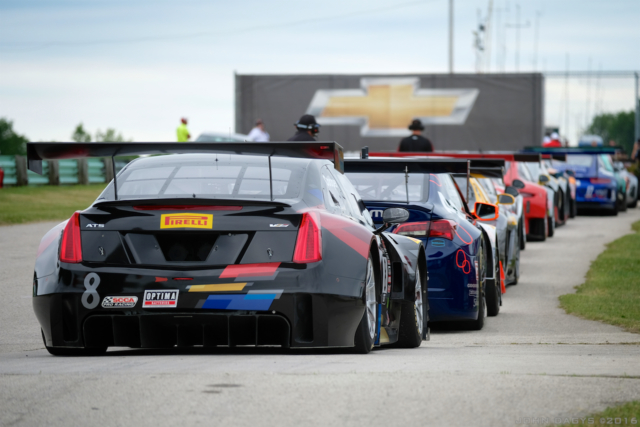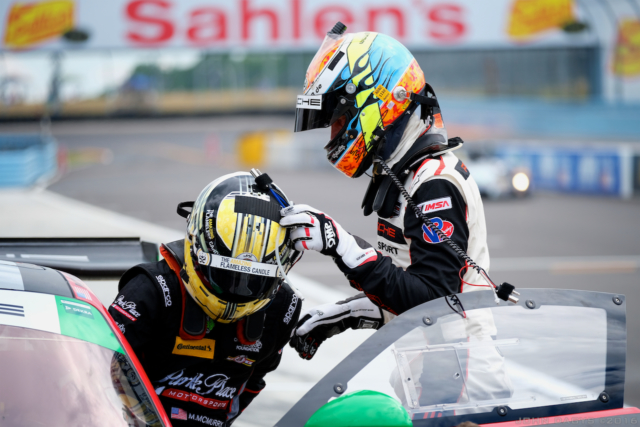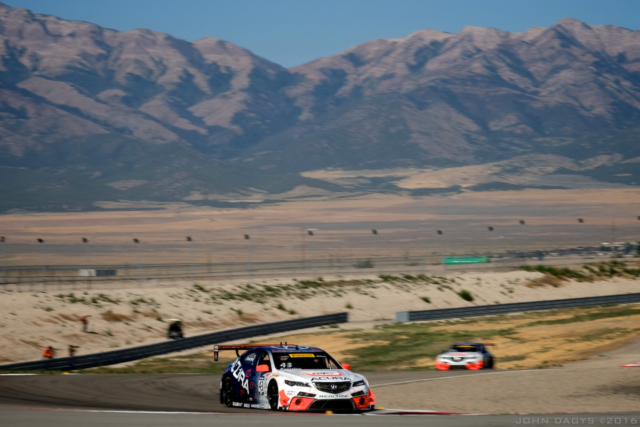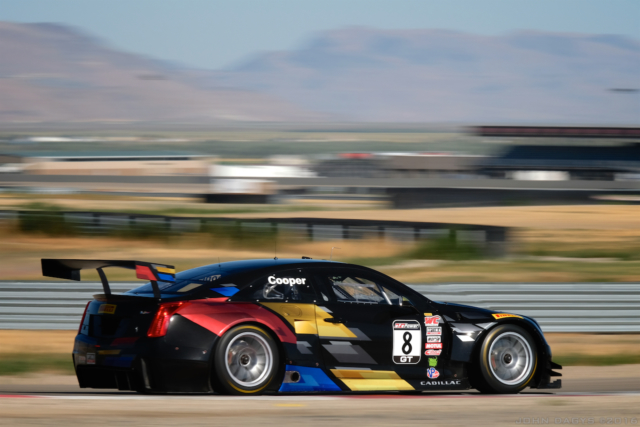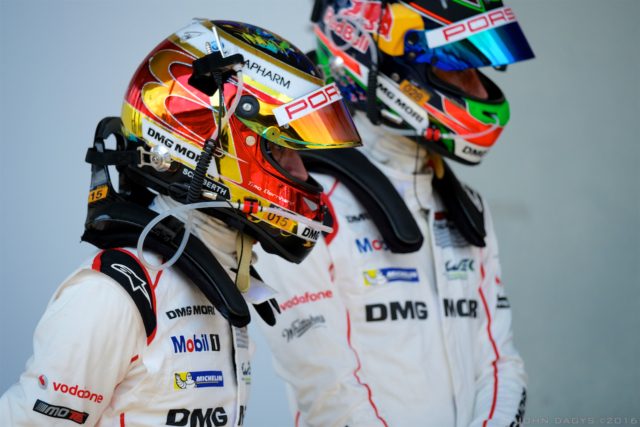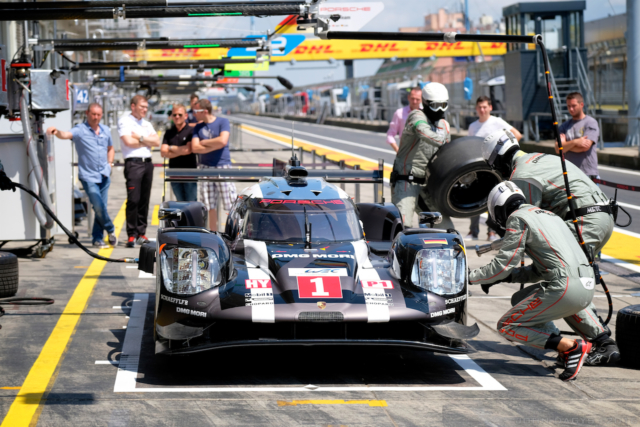For the past three months, I’ve been testing the new Fujifilm X-T2, which in the mirrorless camera world, has been one of the most highly anticipated cameras to be released this year.
Announced in July, the X-T2 is the latest addition to Fujifilm’s X Series lineup and as I’ve found out through initial real-world testing, is a significant leap forward, not only on the company’s flagship X-T1 model, but also the recently released X-Pro2.
While the X-T1 and X-T2 may look nearly identical side-by-side, there have been some massive upgrades made “under the hood” that has put the X-T2 in a league of its own.
The X-T2 utilizes a 24.2MP X-Trans CMOS III sensor, and while the same sensor and processor from the X-Pro2, it’s the first X Series model to feature 4K video recording, at speeds up to 60fps.
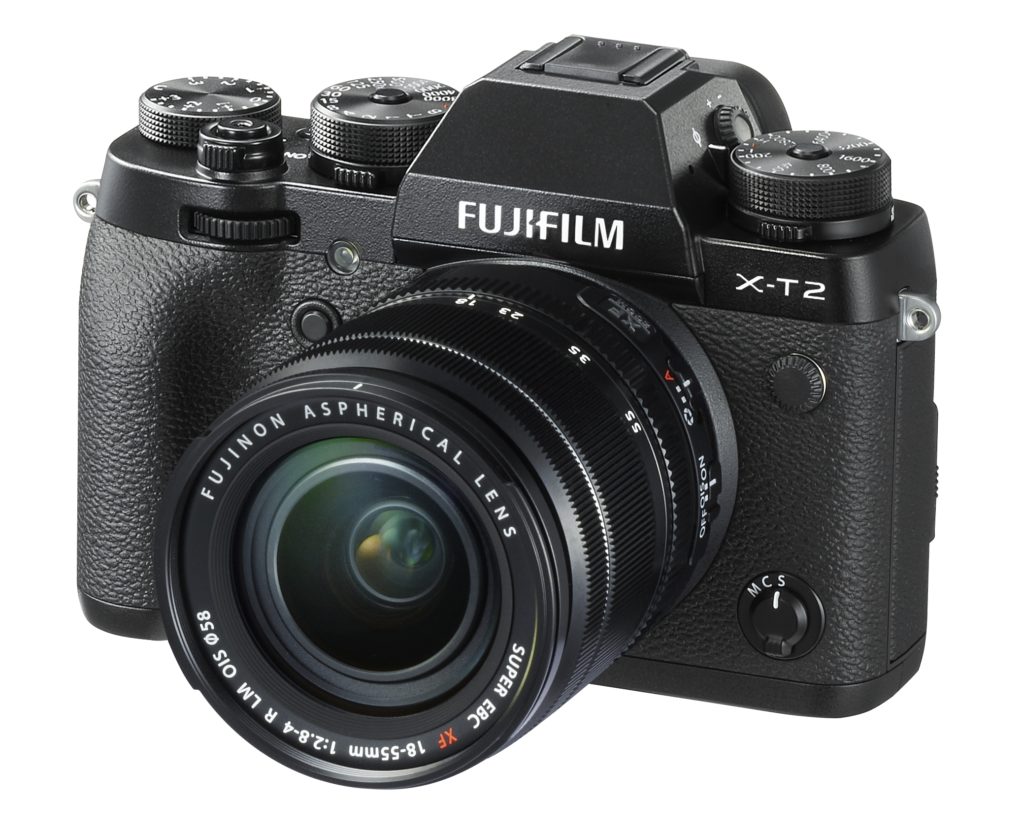
However, the biggest gains has come with an all-new 91-point AF system. It features five new AF-C custom settings, each designed for different tracking and speed sensitivities. A sixth setting can be adjusted by the user to fit specific needs.
As a motorsports photographer, who works with fast-moving cars, the new tracking settings is one of the most welcome additions, along with increased burst rate of up to 14 fps (with the electronic shutter), or 11 fps using the new vertical power booster grip.
The optional grip, which adds two NP-W126S Li-ion batteries to the standard single-slot body, also includes a toggle switch for “normal” and “boost” shooting, the latter which consumes slightly more juice but a must-have for sports shooters.
A number of controls have also changed, but also for the better, with the addition of the joystick from the X-Pro2, which provides easier menu navigation, while the X-T2 features two SD card slots, both supporting the latest SDXC UHS-I / UHS-II standards.
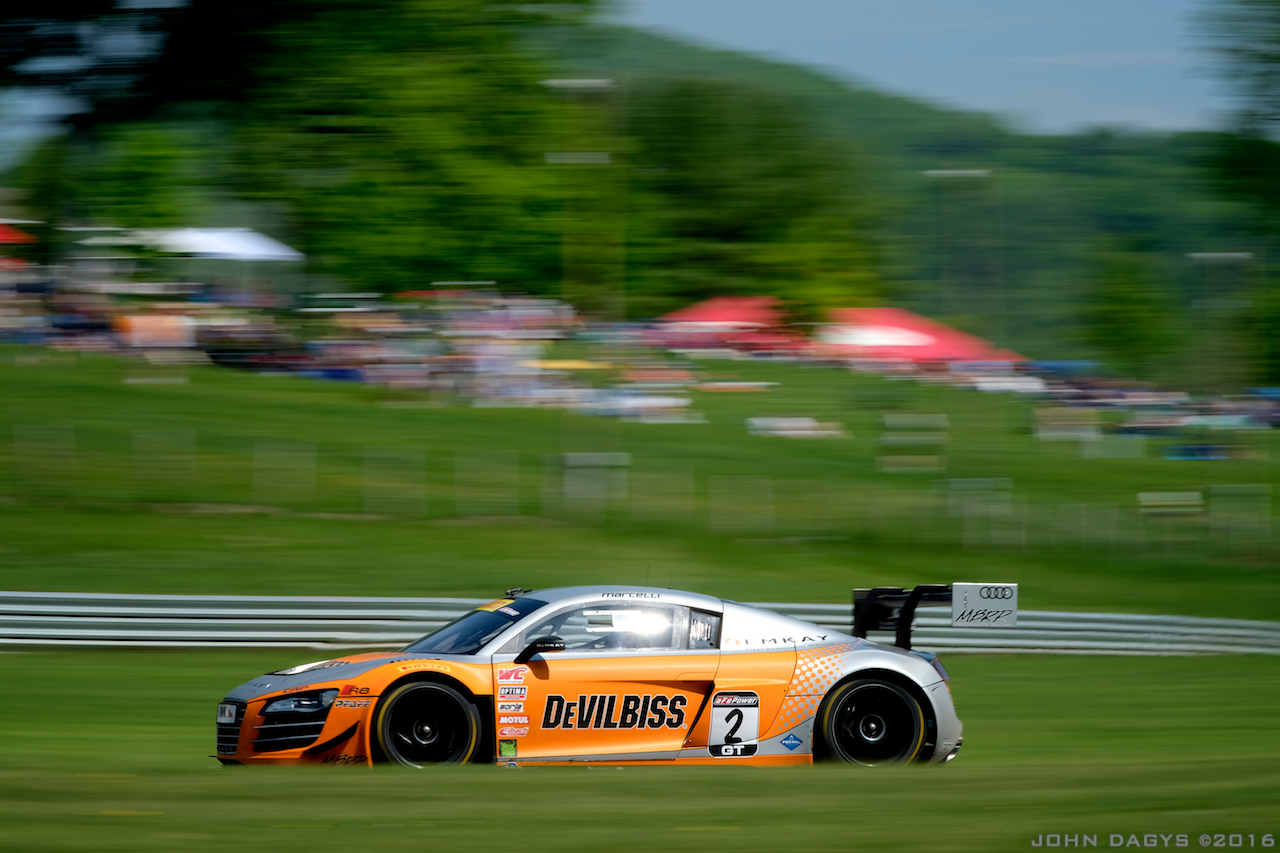
Photo: John Dagys
The camera body itself is slightly larger than the X-T1 but is still compact and very easy to use, with the range of XF lenses, which as with the rest of the X Series lineup, are all compatible.
After having first used the X-T1 and X-Pro2, in my initial transition from DSLRs, jumping to the X-T2 has seen a further increase in photo quality and functionality.
What’s impressed me the most has been the sharpness in panning shots, particularly when paired with the XF 50-140mm F2.8R LM OIS WR, which has become my workhorse lens, both with trackside action shots and with pit lane portraits.
The X-T2 has also upped the ante in delivering superb AF tracking in burst mode. Having three or four fully focused frames in a series is something I wasn’t expecting, but the combination of the razor-sharp lenses and improved mechanics have made it possible with the latest-generation camera.
Its 24MP sensor, meanwhile, allows for significant cropping in post-processing, which I could compare to the quality out of my Canon 1DX, which says a lot for mirrorless APS-C camera system.
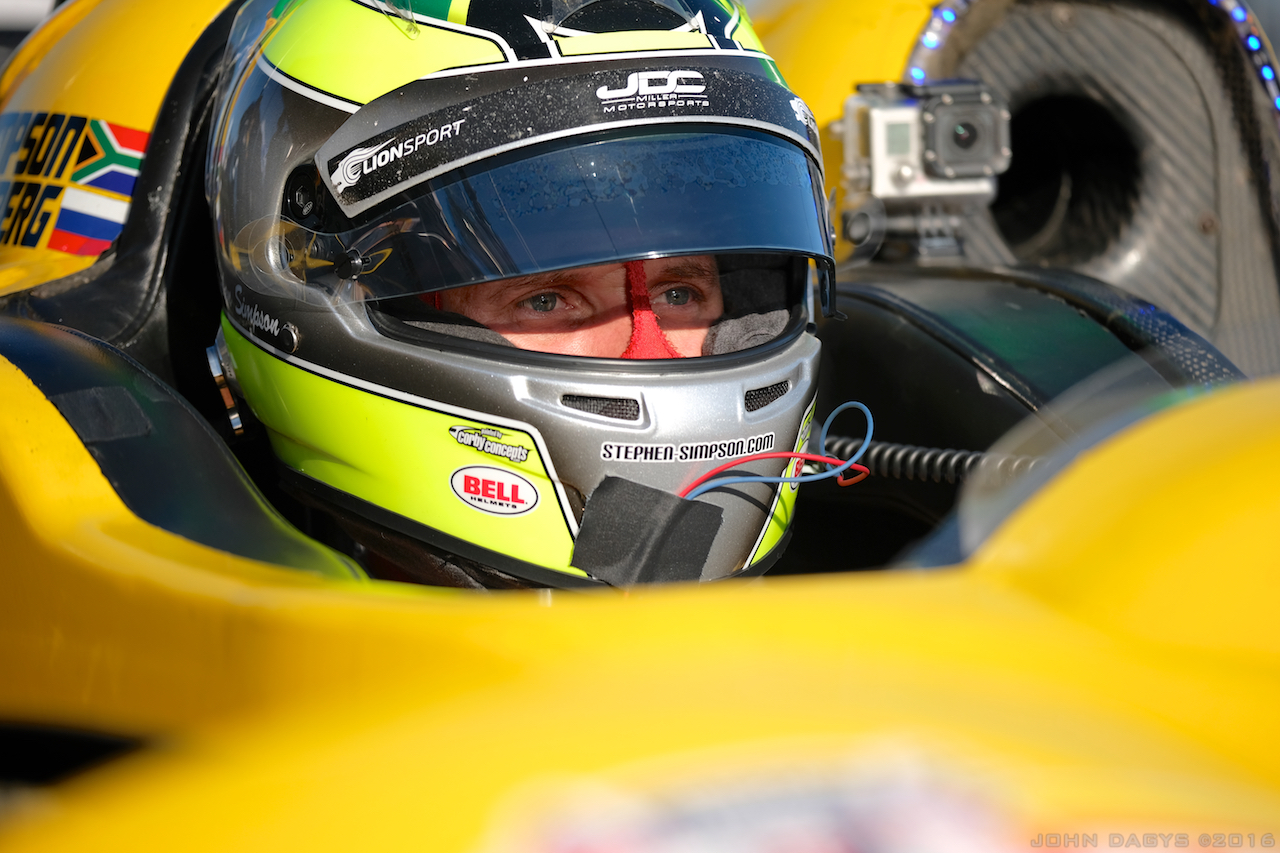
Photo: John Dagys
Those who like the X-T1 for its easily accessible, retro-designed dials and didn’t necessarily care for the design of the X-Pro2 “rangefinder” style camera will absolutely love the X-T2 as it takes the best of both worlds, and adds even more.
And after having put it through its paces at more than a half-dozen racing events so far, as well as a few side trips, I’m convinced the X-T2 is the future flag-bearer for Fujifilm in its X Series lineup.
The Fujifilm X-T2 will be released in September at a price of $1,599 USD (body only). Click Here to pre-order from B&H Photo.

